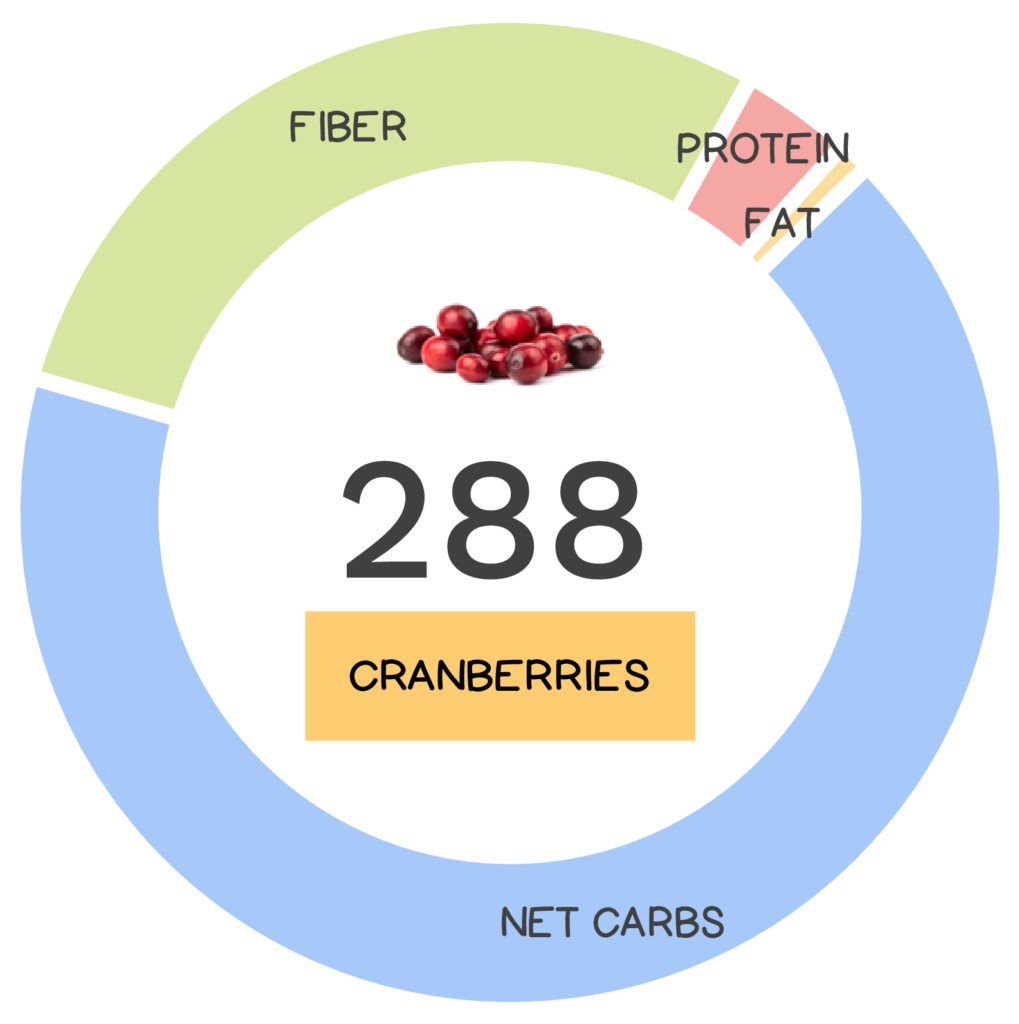
Unlike most other sweet-tasting berries, you probably won’t be eating cranberries by the handful, popping them into your mouth so that you can let them “linger” (Hyuck – some of you have to get the reference to the Irish 90s rock band hit song!) These bright red berries are so hard, sour and bitter when fresh that 95% of them are processed before consumption. However, this fruit does take center stage when it comes to holiday meals – cranberry sauce is a must when it comes to traditional Thanksgiving and Christmas dinners!
Cranberries are one of the few fruits native to North America and were first cultivated by Indigenous Native Americans, who used them to make pemmican and for dye.
Cranberries are a group of evergreen dwarf shrubs or vines in the genus Vaccinium, which also includes blueberries, bilberries, and huckleberries. They are one of the few fruits native to North America and were first cultivated by Indigenous Native Americans, who used them to make pemmican and for dye. This fruit was also used for a long time in traditional folk medicine. The Narragansett people called the red berries, ‘sasemineash’, and may have been the ones to introduce them to colonists in Massachusetts, where they were served at the celebration of the landing of the Pilgrims, solidifying their “place at the table” when it comes to important festivities.
The name cranberry derives from German in reference to the flower, stem, petals and sepal which resembled the neck, head and bill of a crane!
Cranberries are naturally found in wetlands and are now grown in the unique style of bogs, in which cranberry beds are flooded to simplify harvesting, though 5-10% are still picked by hand for sale as fresh fruit. Cranberries are harvested in the fall when they turn a deep-red at full maturity, though they can be harvested when white to make white cranberry juice. Interestingly, the name cranberry derives from German in reference to the flower, stem, petals and sepal which resembled the neck, head and bill of a crane! The berries are also known as bearberries because they are enjoyed by the animal. Today, the United States, Canada and Chile account for nearly all the world’s cranberry production.
The 3 Simplest Ways to Eat a Healthy Diet

Essential Eating Patterns for Lifelong Health
Learn the three science-backed eating patterns that support lifelong health, regardless of what diet you follow.
In this webinar, Dr. Sarah guides you to adopt these impactful eating patterns, embrace a permissive dietary structure, incorporate quality-of-life foods, and make small changes that collectively add up to make a substantial difference in your overall health.
Buy now for instant digital access.
Nutrivore Score for Cranberries – 288
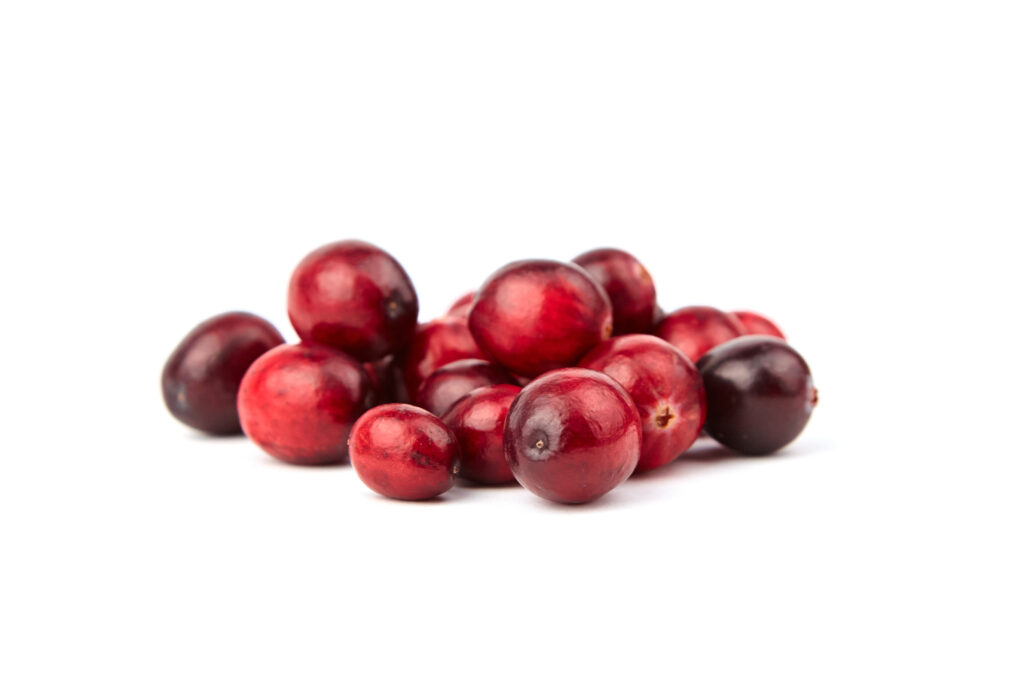
Cranberries have a Nutrivore Score of 288, making them a medium nutrient-dense food! Plus, they are a low-carb and low-calorie-density food; the calorie count of cranberries is 46 calories per cup!
Per serving, cranberries are an excellent source (20-50% daily value) of polyphenols; and a good source (10-20% daily value) of dietary fiber, manganese, vitamin C, and vitamin E.
Ditch Diets. Embrace Nutrients. Start with this FREE Guide.
Sign up for the free Nutrivore Newsletter, your weekly, science-backed guide to improving health through nutrient-rich foods — without dieting harder —and get the Beginner’s Guide to Nutrivore delivered straight to your inbox!

Cranberry Nutrition Facts
One serving of cranberries is standardized to 1 cup, whole or about 100 grams (3.5 ounces).
Cranberry Nutrition Facts Per Serving
| Cranberries, raw | Nutrivore Score: 288 | Nutrient Density: Medium |
|---|---|---|
| Serving Size: 1 cup, whole (100 grams) | Protein: 0.5 grams | Net Carbohydrates: 8.4 grams |
| Calories: 46 | Total Fat: 0.1 grams | Dietary Fiber: 3.6 grams |
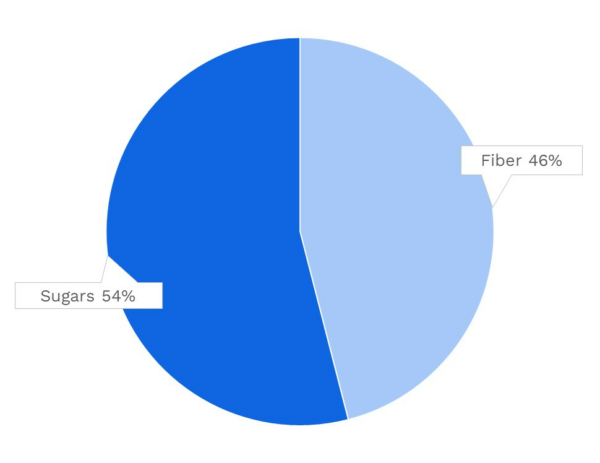

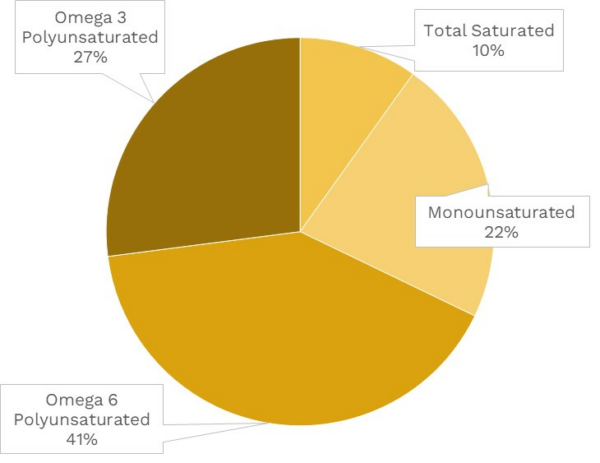
| VITAMINS | ||
|---|---|---|
| Vitamin A | 3.0 μg RAE | 0% DV |
| Vitamin B1 (Thiamin) | 12.0 μg | 1% DV |
| Vitamin B2 (Riboflavin) | 20.0 μg | 2% DV |
| Vitamin B3 (Niacin) | 0.1 mg | 1% DV |
| Vitamin B5 (Pantothenic Acid) | 0.3 mg | 6% DV |
| Vitamin B6 (Pyridoxine) | 57.0 μg | 3% DV |
| Vitamin B7 (Biotin) | ~ | ~ |
| Vitamin B9 (Folate) | 1.0 μg | 0% DV |
| Vitamin B12 (Cobalamin) | 0.0 μg | 0% DV |
| Vitamin C | 14.0 mg | 16% DV |
| Vitamin D (D2 + D3) | 0.0 μg | 0% DV |
| Vitamin E | 1.7 mg | 11% DV |
| Vitamin K | 5.0 μg | 4% DV |
| Choline | 5.5 mg | 1% DV |
| Myo-Inositol | 15.0 mg | ~ |
| CoQ10 | ~ | ~ |
| FUNCTIONAL FATS | ||
|---|---|---|
| MUFA | 0.0 g | 0% DV |
| ALA | 22.0 mg | 1% DV |
| EPA + DHA | 0.0 mg | 0% DV |
| CLA | ~ | ~ |
| Linoleic Acid | 0.0 g | 0% DV |
| MCT’s | 0.0 g | ~ |
| MINERALS | ||
|---|---|---|
| Calcium | 8.0 mg | 1% DV |
| Copper | 56.0 μg | 6% DV |
| Iodine | ~ | ~ |
| Iron | 0.2 mg | 1% DV |
| Magnesium | 6.0 mg | 1% DV |
| Manganese | 267.0 μg | 12% DV |
| Phosphorus | 11.0 mg | 1% DV |
| Potassium | 80.0 mg | 2% DV |
| Selenium | 0.1 μg | 0% DV |
| Sodium | 2.0 mg | 0% DV |
| Zinc | 0.1 mg | 1% DV |
| PHYTONUTRIENTS | ||
|---|---|---|
| Carotenoids | 129.0 μg | ~ |
| Polyphenols | 350.5 mg | ~ |
| Phytosterols | 17.8 mg | ~ |
| Glucosinolates | ~ | ~ |
| Thiosulfinates | ~ | ~ |
| Betalains | ~ | ~ |
| AMINO ACIDS & PEPTIDES | ||
|---|---|---|
| Taurine | ~ | ~ |
| Ergothioneine | ~ | ~ |
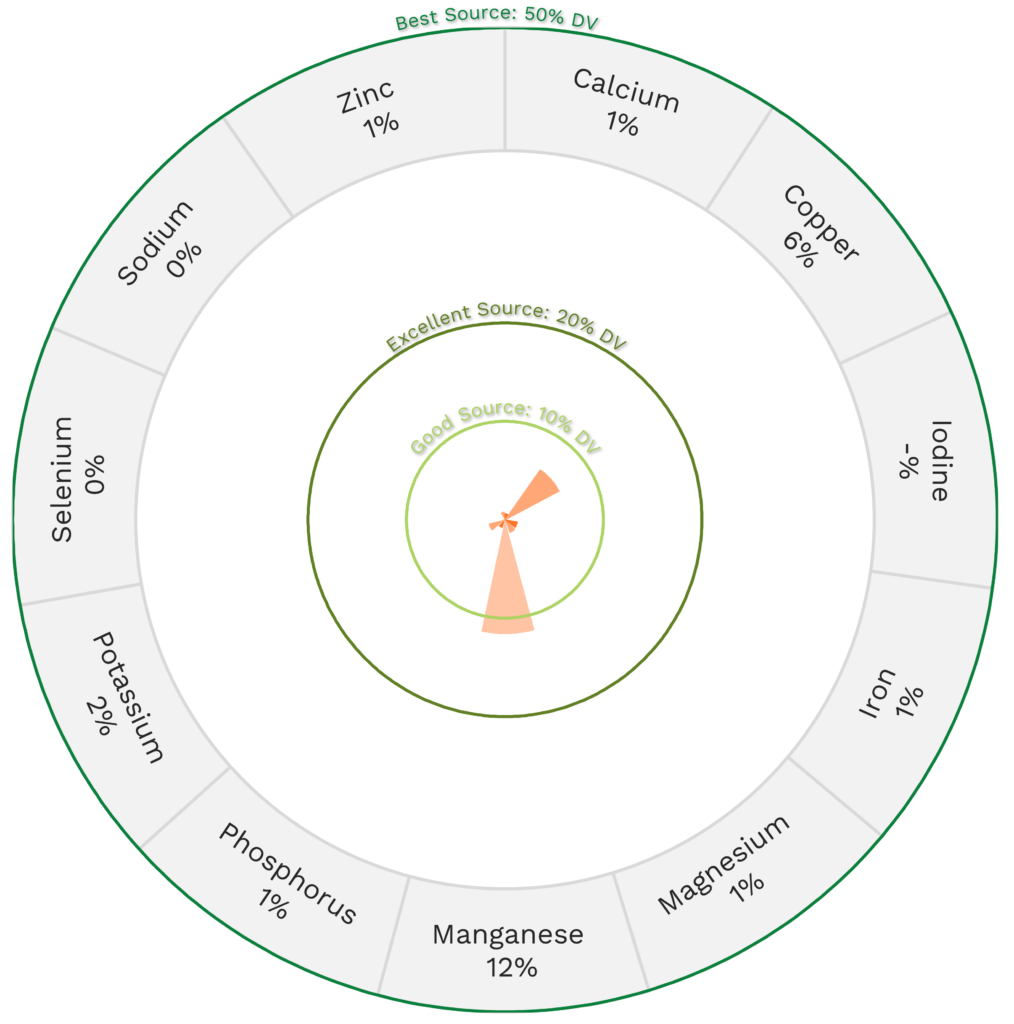

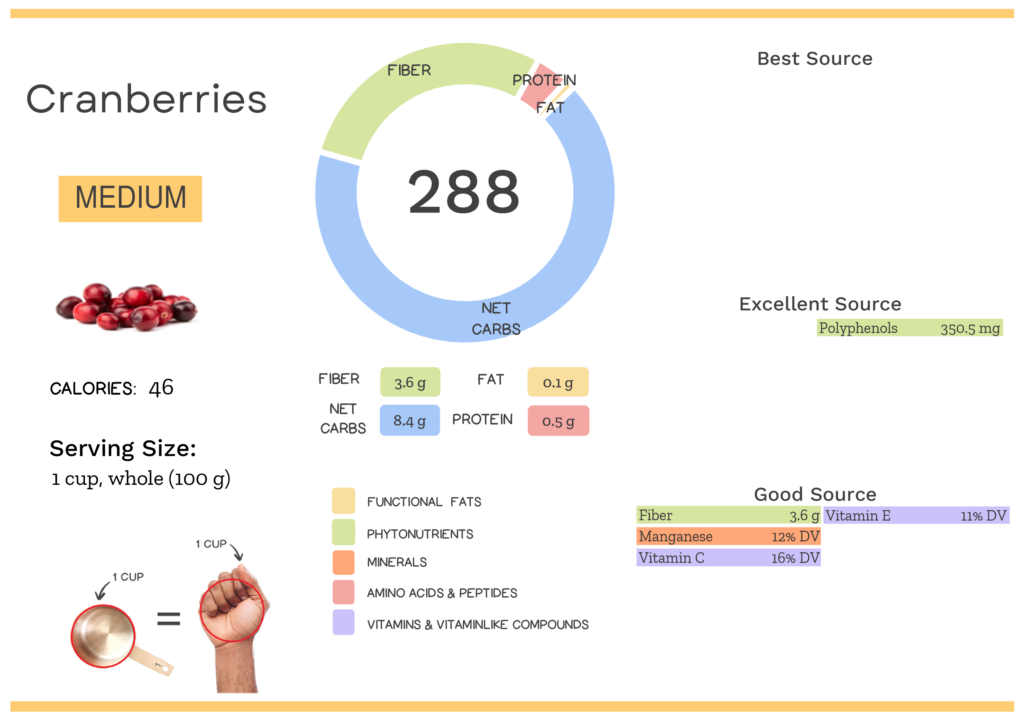

Have You Tried Haskap Berries?
- Haskap berry juice and powder
- 6X more anthocyanins than blueberries
- No additives, gluten-free, non-GMO and Vegan
- Add to sparkling water, smoothies, desserts, dressings and sauces
Cranberry Nutrition Varies With Processing
Cranberries are so hard, sour and bitter when fresh that 95% of them are processed before consumption, which not only helps make them more edible but also has an impact on their Nutrivore Score!
| NUTRIVORE SCORE | |
|---|---|
| Cranberries, dried, sweetened | 40 |
| Cranberries, raw | 288 |
| Cranberry juice, unsweetened | 1031 |
Impressed how “berry” nutritious cranberries are? Maybe your friends will be too!
Health Benefits of Cranberry Nutrients
Let’s take a closer look at all of the best and excellent source of nutrients found in a 1-cup serving of cranberries and see how they benefit our health.
Cranberries Provide 350.5 mg of Polyphenols
Cranberries are an excellent source of polyphenols, providing 350.5 mg of polyphenols per 1-cup serving!
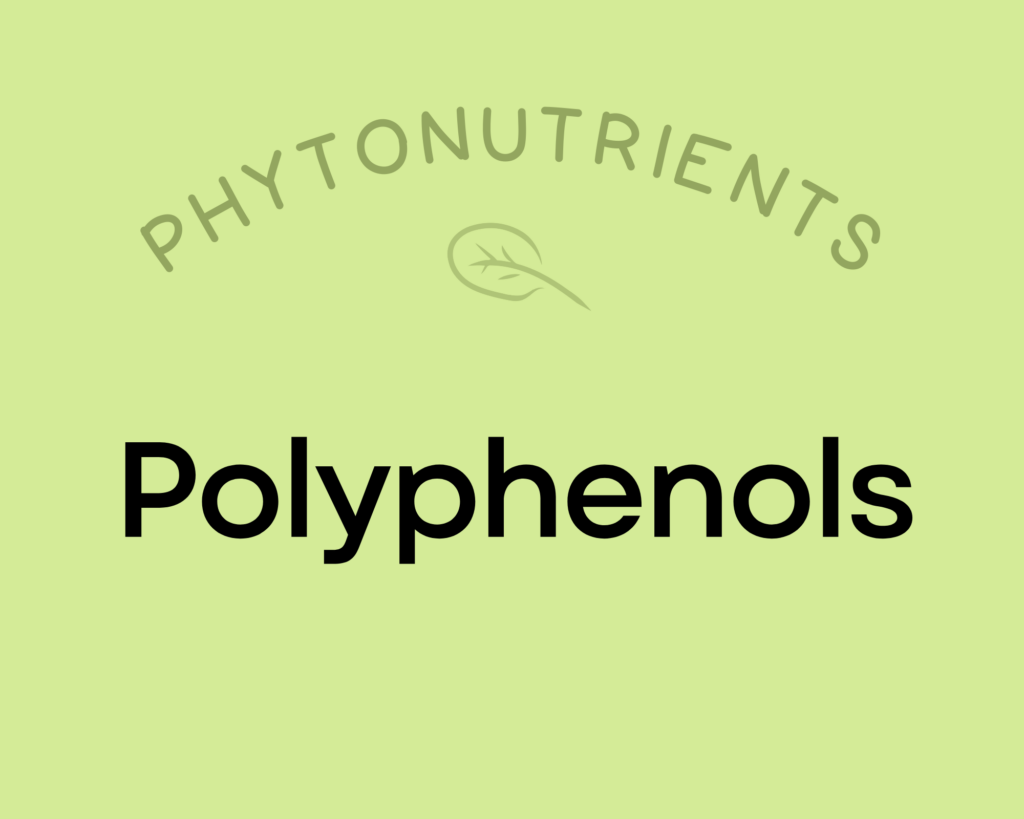
Polyphenols play a huge role in protecting against cancer, heart disease, diabetes, asthma, osteoporosis, neurodegenerative diseases, and other conditions associated with oxidative stress. In fact, a major reason foods like red wine and olive oil (as well as diets rich in both, such as the Mediterranean diet) show up as so beneficial may be due to their high polyphenol content! Along with chronic diseases, supplementing with polyphenols has been shown to protect against infections and reduce the signs of aging. Polyphenols exert their most potent effects by acting as antioxidants—preventing cellular damage by neutralizing hazardous oxygen radicals and improving cellular health as a result (which, in turn, benefits virtually every system in the body). As a result of their antioxidant properties, polyphenols also boost the immune system and protect against both chronic and acute diseases. In addition, polyphenols can help regulate enzyme function, stimulate cell receptors, modulate the functions of inflammatory cells (including T and B lymphocytes, macrophages, platelets, and natural killer cells), alter adhesion molecule expression, affect nerve cells and cardiac muscle cells, and exert antiviral effects. Learn more about polyphenols here.
Learn What Foods Are the Best Sources of Every Nutrient

The Top 25 Foods for Every Nutrient
The Top 25 Foods for Every Nutrient e-book is a well-organized, easy-to-use, grocery store-friendly guide to help you choose foods that fit your needs of 43 important nutrients while creating a balanced nutrient-dense diet.
Get two “Top 25” food lists for each nutrient, plus you’ll find RDA charts for everyone, informative visuals, fun facts, serving sizes and the 58 foods that are Nutrient Super Stars!
Buy now for instant digital access.
How Much Cranberries Should We Eat Per Day?
Culinary berries, defined as small, pulpy fruit with lots of little seeds, are not only delicious to eat but are also nutrient-dense superfoods that are “berry, berry” good for us!
Eating two or three servings of fruit per day is optimal from a health perspective. A 2017 systemic review and meta-analysis looked at how all-cause mortality was impacted by varying intakes of 12 different food groups: whole grains and cereals, refined grains and cereals, vegetables, fruits, nuts, legumes, eggs, dairy products, fish, red meat, processed meat, and sugar-sweetened beverages. This analysis revealed non-linear relationships between how much of a particular food group we eat and how it impacts our health. While the results revealed no upper limit to the benefits of vegetable intake, the sweet spot for fruit intake was 300 grams daily. Intakes of fruit over 400 grams per day were not as beneficial as 300 grams, but the good news is that even intakes of 600 grams of fruits per day was superior to no fruit at all! This sweet spot for fruit intake translates to 2 to 3 servings of fruit daily.
And a 2018 review similarly concluded that two to three servings of fruit daily was optimal for reducing risk of cardiovascular disease, type 2 diabetes, obesity, chronic obstructive pulmonary disease, chronic constipation, and inflammatory bowel disease.
Fruit makes a convenient snack, a healthy dessert, a whimsical addition to salads, and a sophisticated flavoring agent in the form of salsas, jams, and chutneys. A serving is standardized to 1 cup chopped for raw vegetables and fruits (typically translates to 1/2 cup to 2/3 cup once cooked). Learn more in Importance of Vegetables and Fruit
Berries have been shown to help protect against cancer, reduce total cholesterol, LDL “bad” cholesterol, triglycerides, and blood pressure, while increasing HDL “good” cholesterol.
Abundant research has shown that berries (like cranberries) offer a range of health benefits. For instance, eating 100 grams of berries (about 2/3 of a cup) per day on average results in an 8% decrease in all-cause mortality. In studies, when comparing those who ate the most berries versus those who ate the least, researchers showed a 26% decreased risk for type 2 diabetes and a 23% decrease in risk for Parkinson’s disease. Berries have also been shown to help protect against cancer, reduce total cholesterol, LDL “bad” cholesterol, triglycerides, and blood pressure, while increasing HDL “good” cholesterol.
Just remember, it’s always best to mix up the foods you eat day to day (aiming for a wide variety of different vegetables and fruits throughout the week), and cranberries definitely have a place at the table.
Easily track your servings of Nutrivore Foundational Foods!

The Nutrivore Weekly Serving Matrix
The Nutrivore Weekly Serving Matrix digital resource is an easy-to-use and flexible weekly checklist designed to help you maximize nutrient-density and meet serving suggestions of Nutrivore foundational foods, all without having to weigh or measure your foods!
Includes a 22-page instructional guide and downloadable interactive guides.
Buy now for instant digital access.
cITATIONS
Expand to see all scientific references for this article.
Clements RS Jr, Darnell B. Myo-inositol content of common foods: development of a high-myo-inositol diet. Am J Clin Nutr. 1980 Sep;33(9):1954-67. doi: 10.1093/ajcn/33.9.1954. PMID: 7416064.
Fineli Finnish Food Composition Database: Cranberry
Grace MH, Esposito D, Dunlap KL, Lila MA. Comparative analysis of phenolic content and profile, antioxidant capacity, and anti-inflammatory bioactivity in wild Alaskan and commercial Vaccinium berries. J Agric Food Chem. 2014 May 7;62(18):4007-17. doi: 10.1021/jf403810y. Epub 2013 Nov 19. PMID: 24219831; PMCID: PMC4026347.
USDA Food Central Database: Cranberries, raw


